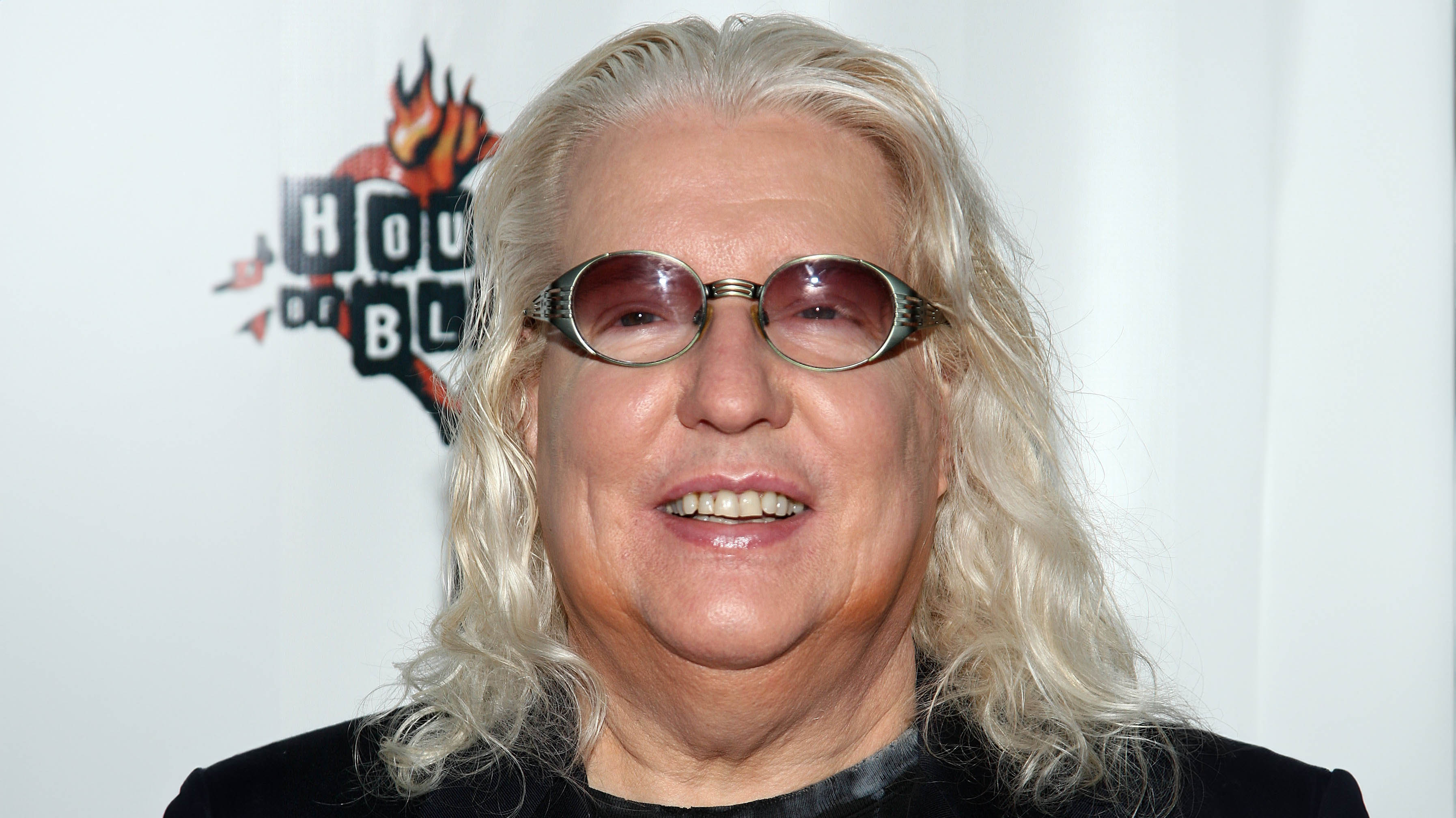Me in my studio: Lisbon Kid
Danny De Matos and Rui da Silva talk gear
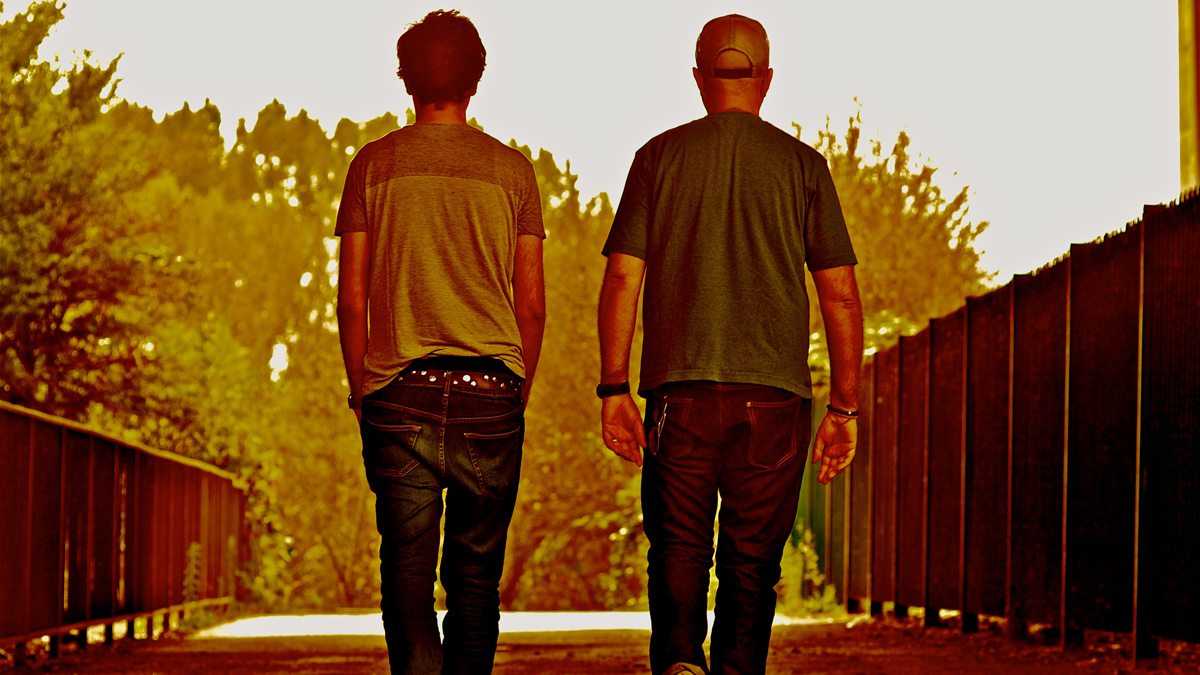
Welcome
Lisbon Kid comprises Portuguese musicians Danny De Matos and Rui da Silva. Both have enjoyed successful careers as producers, remixers and TV/film composers, and when working together, they blend acoustic and electronic instruments to create songs that are notable for their pop sensibilities and ambient soundscapes.
The duo released their eponymous debut album last year, and on 24 February we’ll get the vinyl release of single We Look At The Stars. Taken from the album, this features Sarah Cracknell on vocals.
We wanted to find out how Lisbon Kid’s warm sound is created, so we asked Danny and Rui to tell us about the gear they use in their studios...
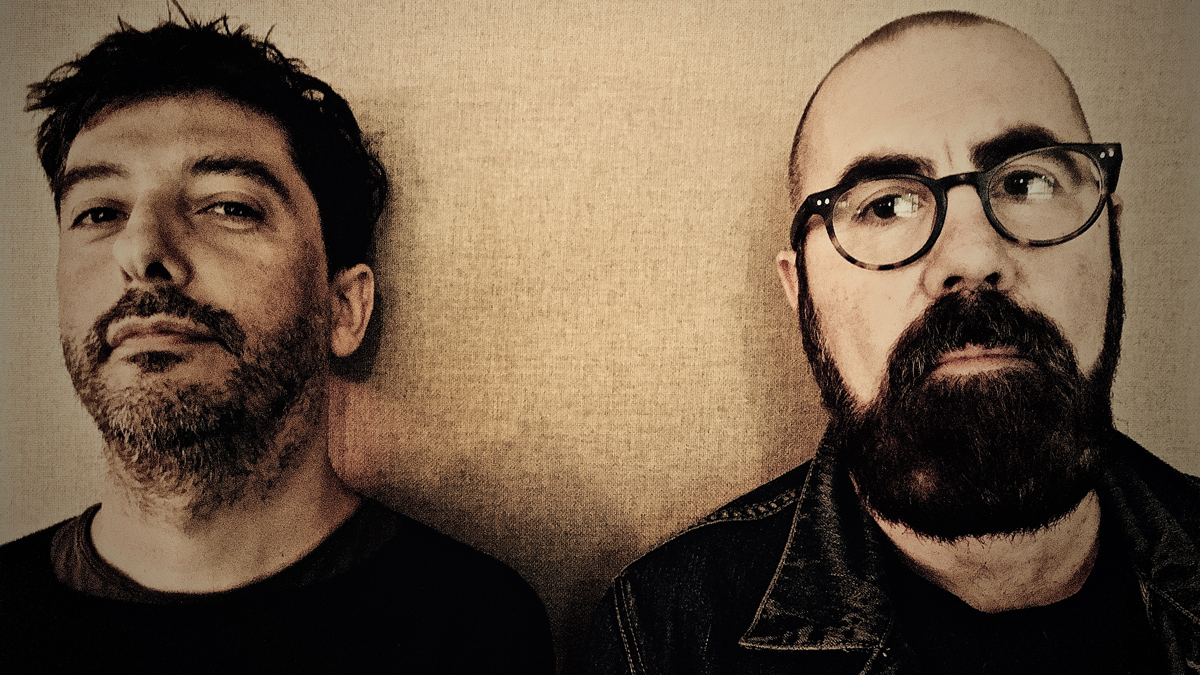
Philosophy
“The music we make is a real blend of acoustic and electronica, so our approach is always to try to get the most out of both of those worlds. We don’t really have a preference for analogue or digital. We just use the best tool we think we have for the job. It’s all about the sound. Always.
“We enjoy the convenience of using great plugins like anybody else, but we also love the feeling of getting to grips with knobs and sliders, and sometimes that extra smoothness that analogue seems to give. It’s often difficult to quantify or prove, but you just have to go with your ears and your gut to get the best result.
“Sometimes that means using the piece of gear that simply gives you the best experience. Some gear is just more inspirational and fun… and that’s the gear you should use.”

1956 Martin 0-18
“This is a beautiful and inspirational instrument. It has a uniquely beautiful tone and is very loud and proud.
“It spent most of its life in Nevada, so the old nitrocellulose lacquer is cracked everywhere from the extremes of intense heat and cold you get there. Danny has quite a few guitars but this is his favourite acoustic and it appears all over the Lisbon Kid album (the We Look At The Stars single in particular).”
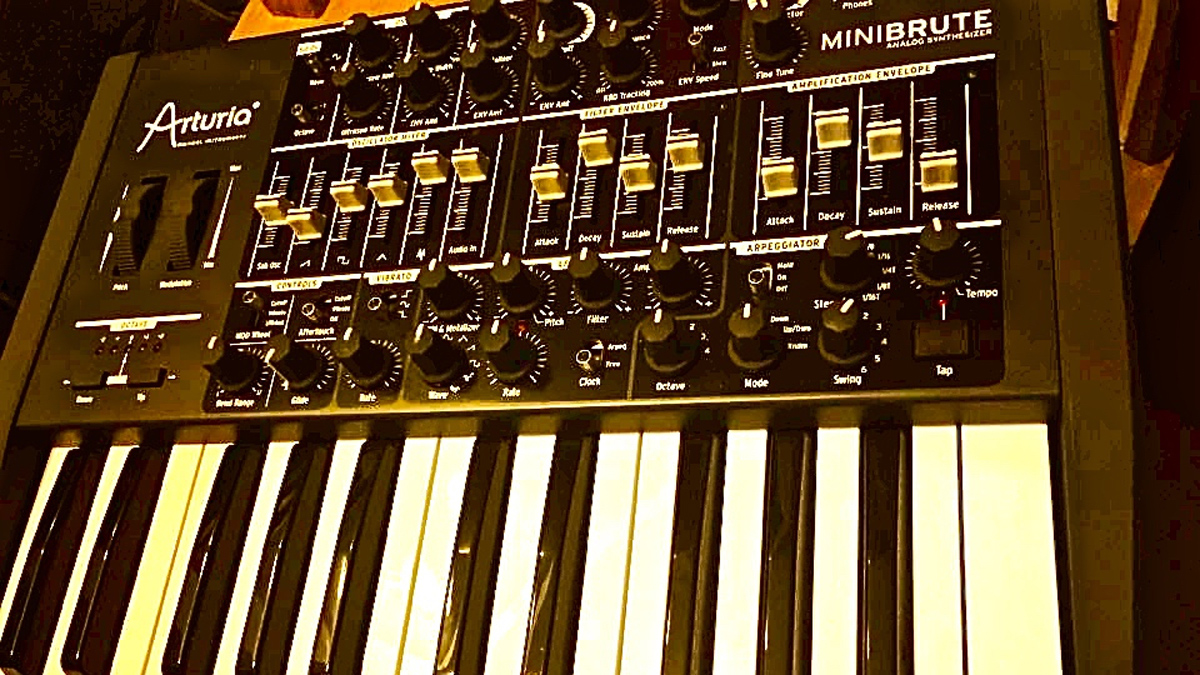
Arturia Minibrute
“We love the fact that this is completely analogue. No presets anywhere. If we need to recall a sound, we have to use chinagraph markers to make a note of all the positions of the knobs. It makes you work harder to get the sounds you want. That’s a good thing.”
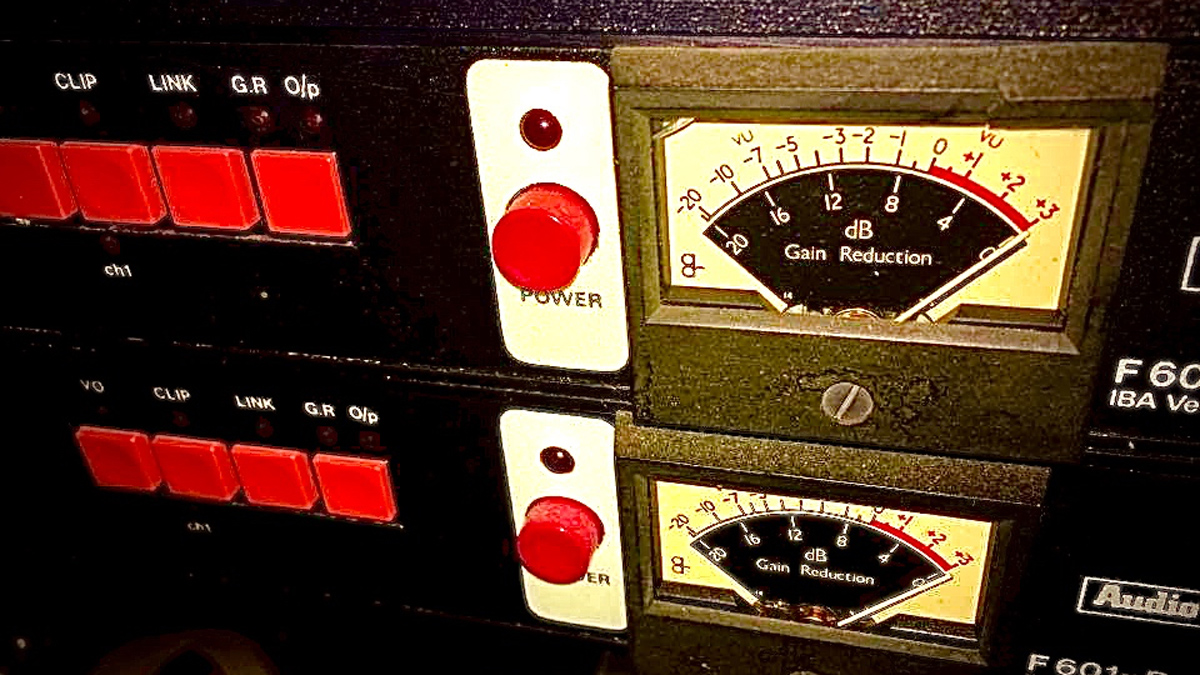
Audio & Design F601 R Limiters
“These were used extensively in broadcast many years ago to control voices. They’re lovely proper pieces of rare vintage gear. They can work really well at the end of a vocal chain. We use them when we want things to run hot for whatever reason; they just safely control levels in a really transparent way.”
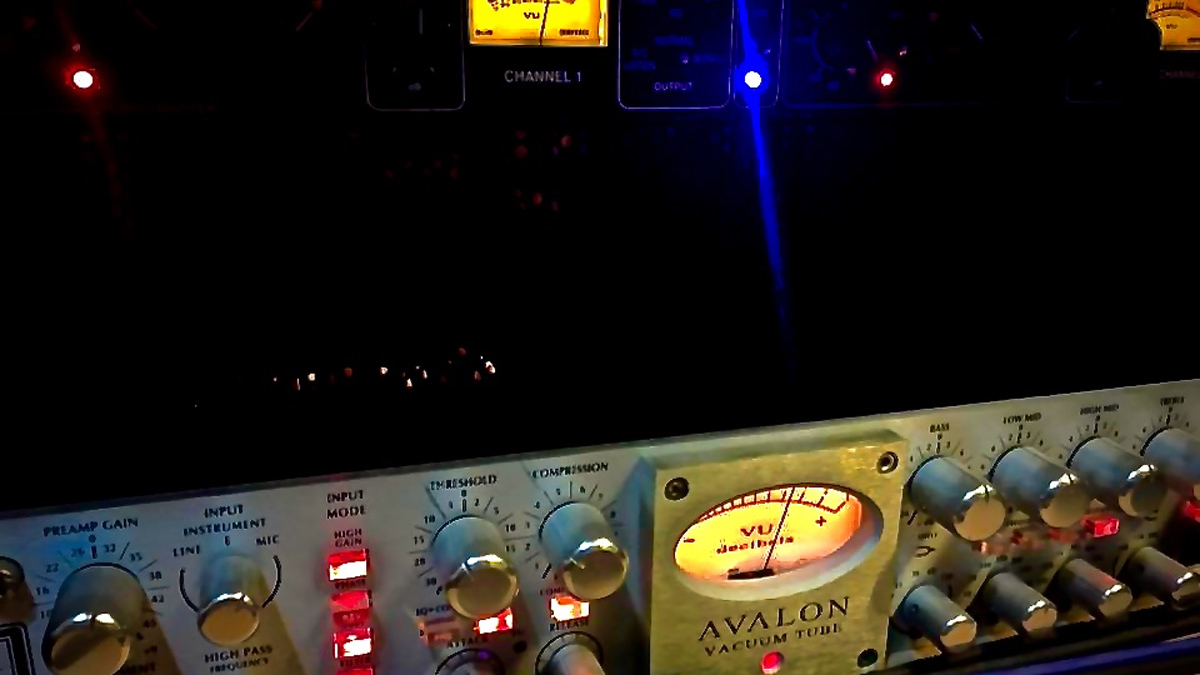
Avalon 737 and Drawmer 1968
“The Avalon is a lovely and smooth channel. We used it to record Sarah Cracknell at our Shushstudio place in Berkshire, but we also sometimes put guitars and basses and, more often than not, hardware synths through it.”

Danny in Shushstudio Berkshire
“Danny’s currently getting on with work at his place as Rui is on a visit to Lisbon where he’s going to be doing some ambient and field recordings for future use on an album. We do a lot of that. Our sound can be quite cinematic and that’s probably down to our experiences in scoring for film and TV ads. Ambience is all a part of the storytelling process and giving the music added context.”
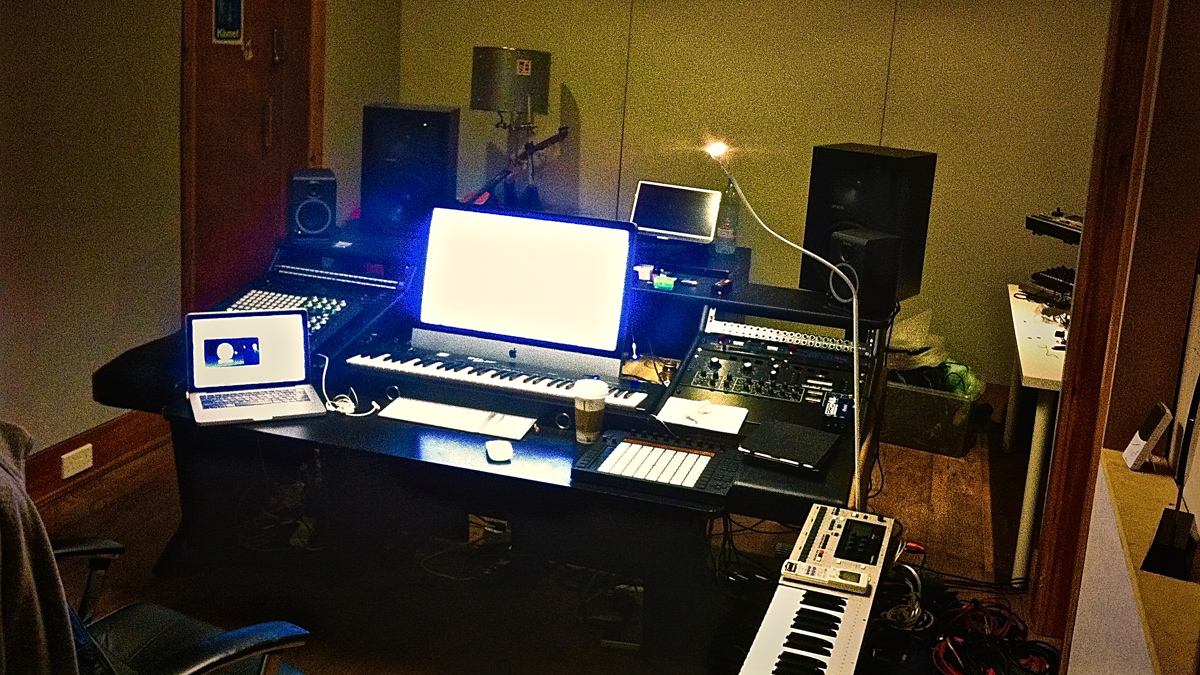
Denmark Street Studio
“This is our other place that we recorded the album in. We use Genelec 1031s with a sub for monitoring here and some smaller Focals for variation.
“It was often easier for the guest singers to come into Soho, especially if they were already in London. We’d try them here and just keep what we needed. Hafdis Huld came in from Iceland to record here with us and knocked out both her songs in about an hour. She’s a great talent.”
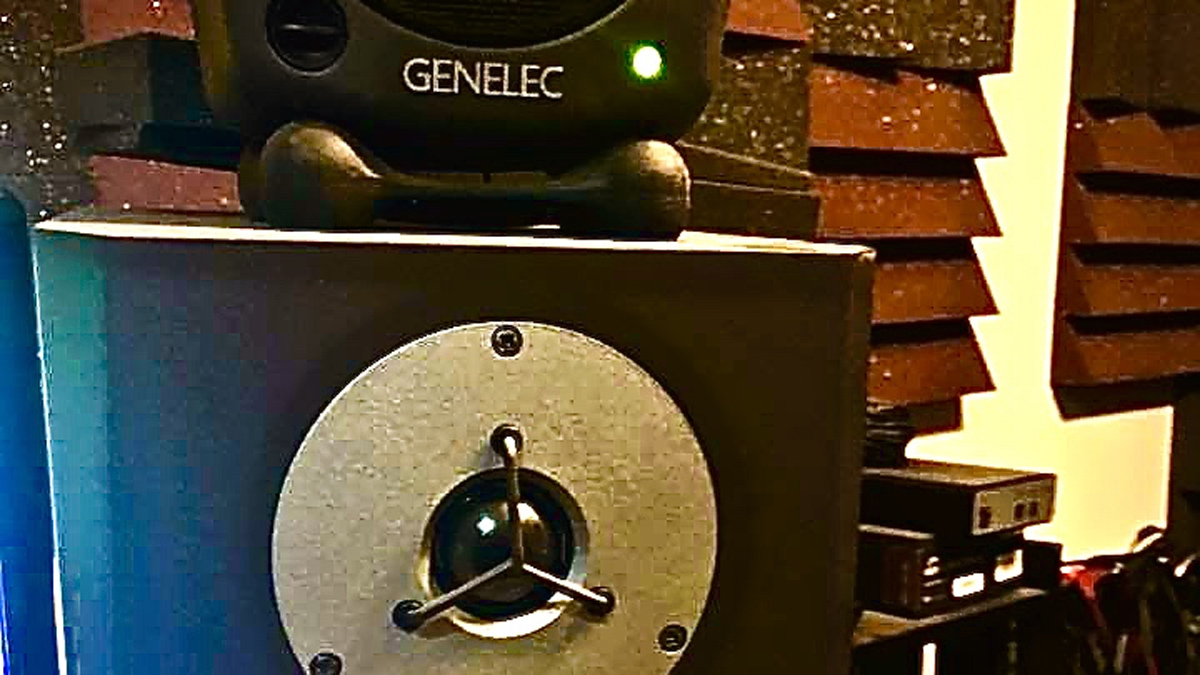
Dynaudio and Genelec monitors
“Danny’s used Dynaudios for years for TV ads. The baby Genelecs are a good smaller option for checking, and portable enough to be used if we go away to write or record.”
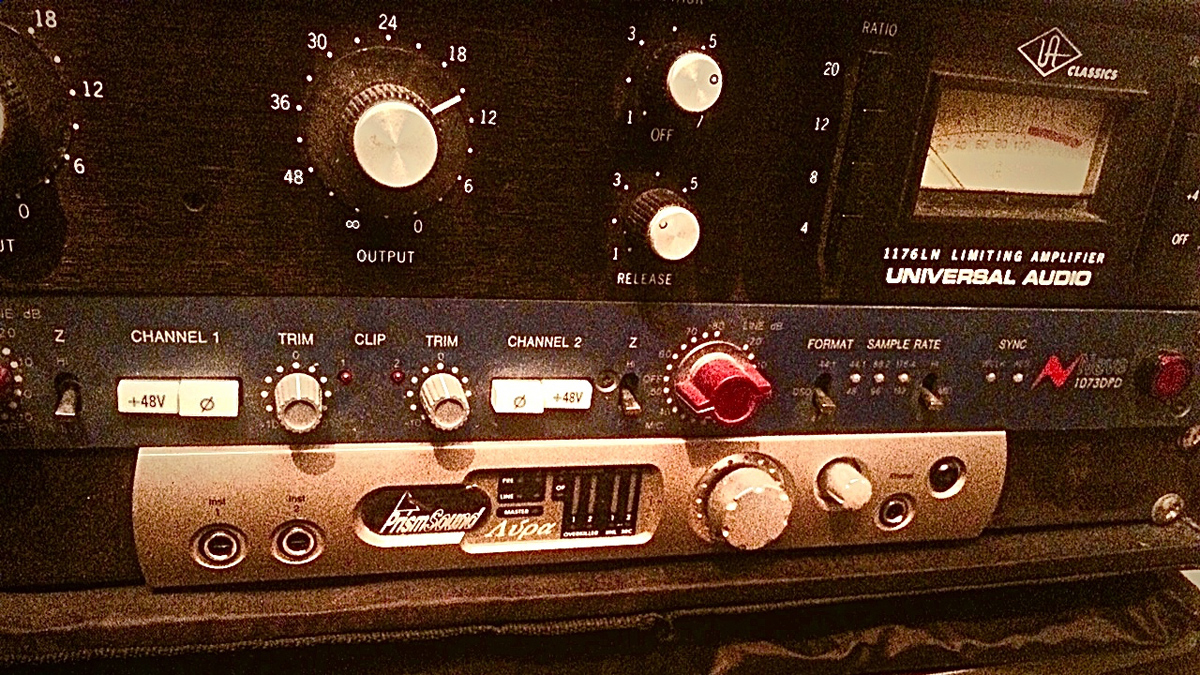
Neve 1073 and 1176
“There’s not much to say about this classic chain that hasn’t been said before. It’s classic for a reason - it sounds so good.
“We often use these in conjunction with an old Neumann M49 we have. Loads of character that can work really well on some voices.”
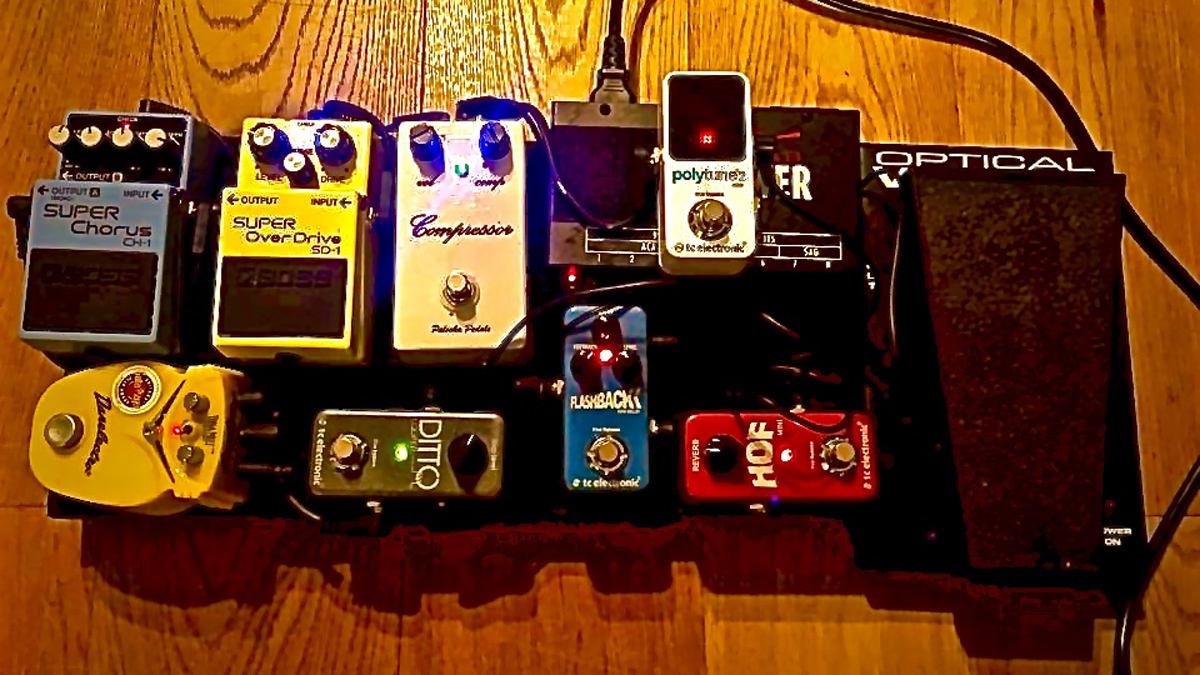
Pedalboard
“Danny’s new pedalboard that will also be used for live gigs. It’s small but beautifully put together and has everything needed for that characterful ambient guitar sound he’s so fond of. He’s designed his own Blackhole-type reverb using TC Electronic’s Toneprint software. It’s simple and sublime.”
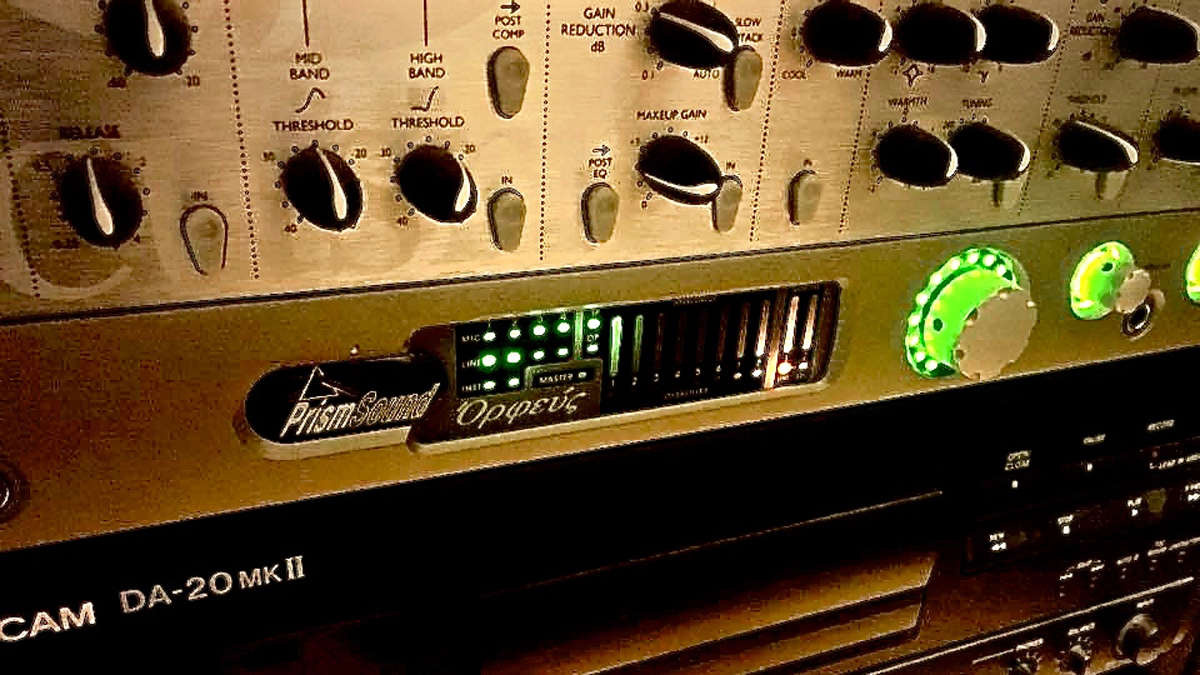
Prism Orpheus
“We use Prism AD/DA on both our rigs in Berkshire and London. An Orpheus at Shushstudio and a Lyra in our mobile rig.
“Once we’ve decided on the character of what we want to record we like to keep that as pristine as possible. The Prism stuff enables us to do that. Converters shouldn’t colour your sound in any way after you’ve decided what it should be. These don’t. We’ve said it before: there is nothing else.”
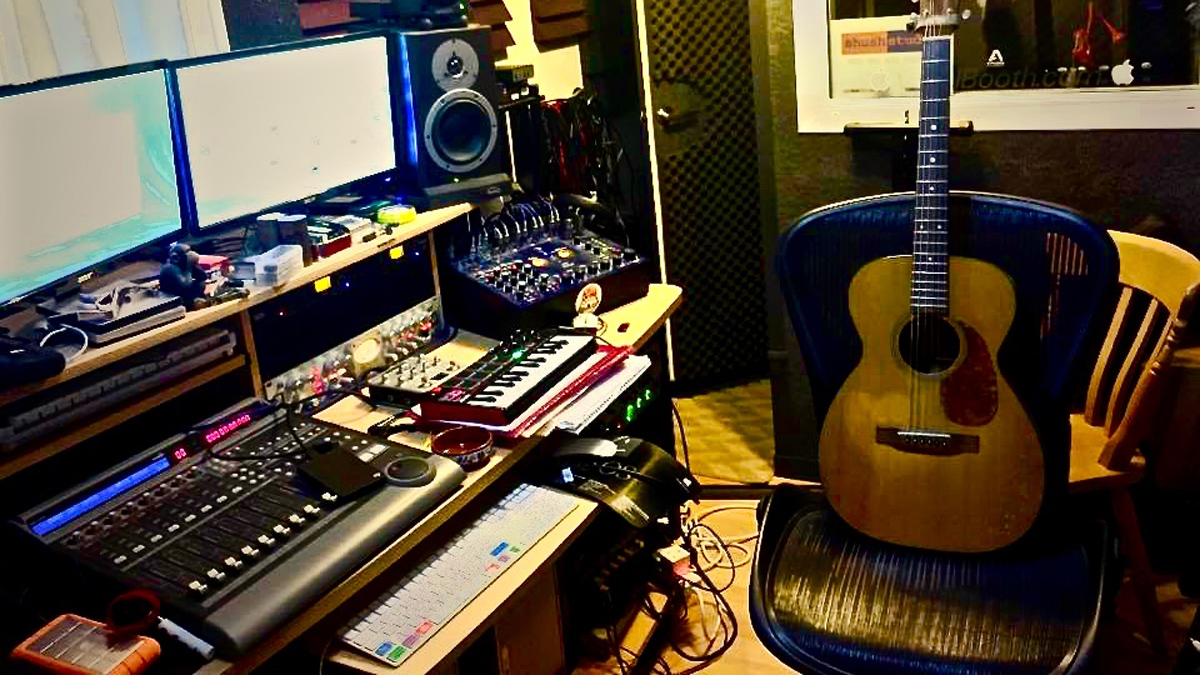
Shushstudio Berkshire
“We have a really dry recording booth here. It’s from the USA and made by Vocalbooth.com. It means that we can get a clean dry sound if we want, whatever the source. Then that can be treated afterwards and placed in whatever ambient space we like.
“Most of the mixing is done here. Danny really knows the room and the speakers. Rui also does mixes and he often likes to use sophisticated plugins for metering to find out what is going on in the frequencies.”
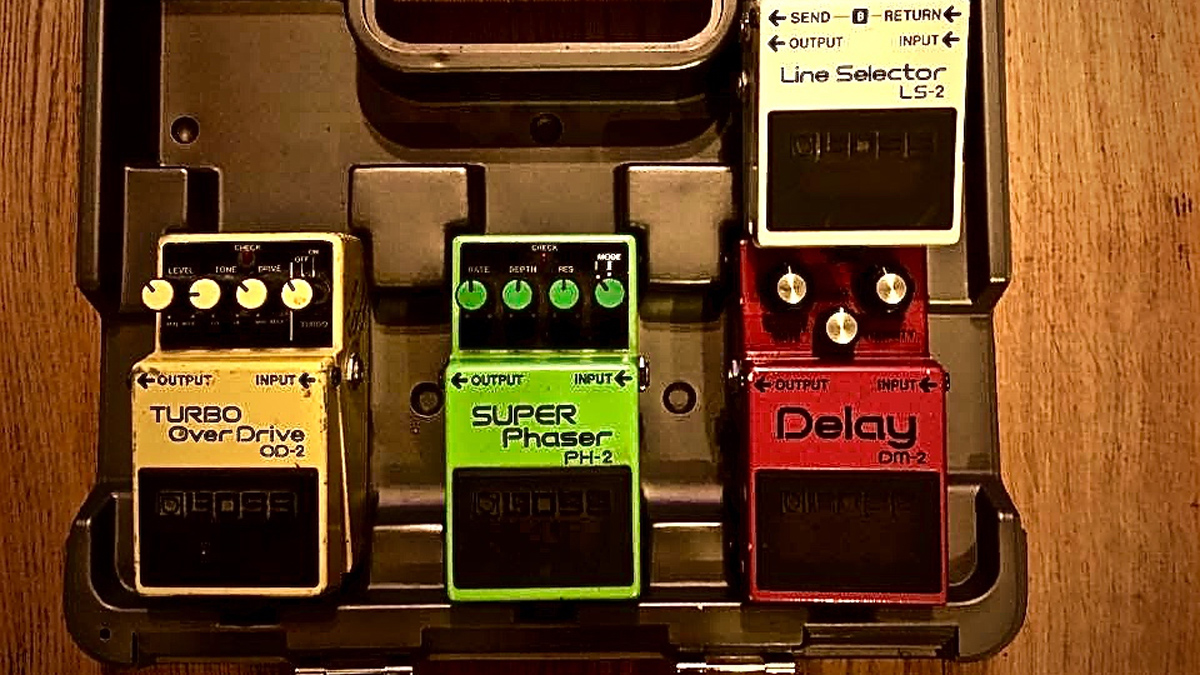
Synth FX pedals
“We use these mostly live, but sometimes on the way in if we’re recording hardware synths. The Boss DM-2 is a particularly rare delay pedal nowadays. This is an original Japanese early version. It adds a unique kind of delay and you can really get your hands dirty using it.”
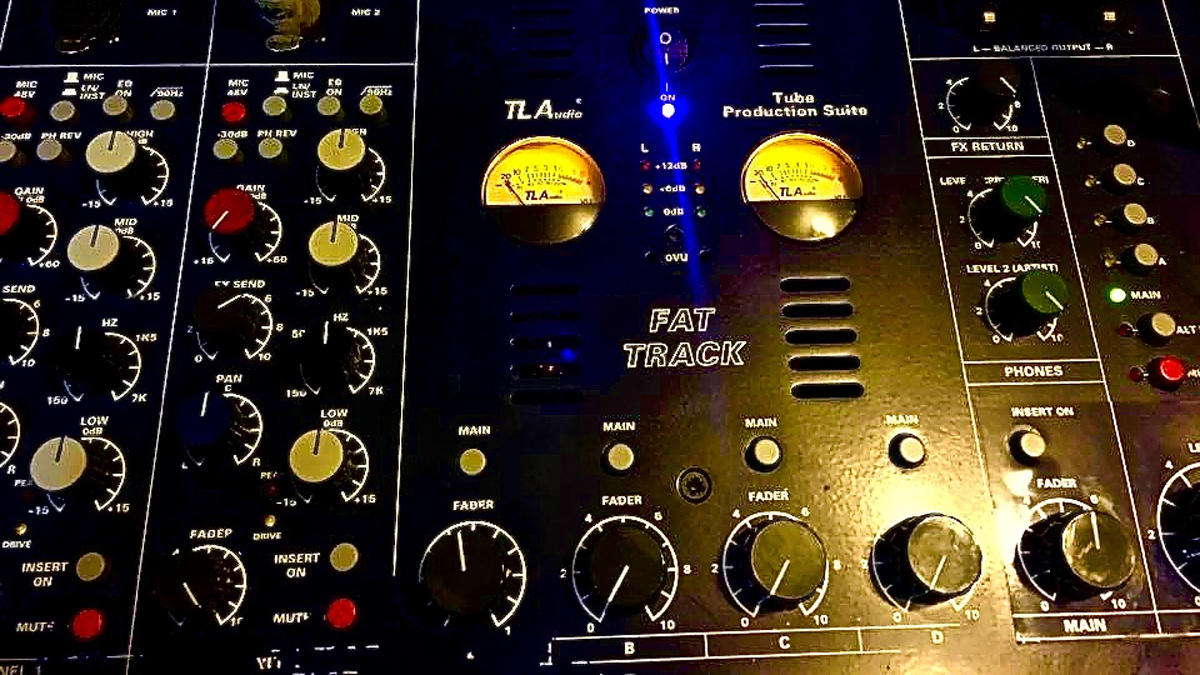
TL Audio Fattrack
“It’s what we sometimes go through for recording synths. It’s a valve channelled centrepiece that can control levels and monitoring and do our talkback, too.
“We don’t use it for analogue summing as, to our ears, we seem to get better clarity doing that digitally more often than not. Again, we’ve tried summing but it just didn’t work for us.”
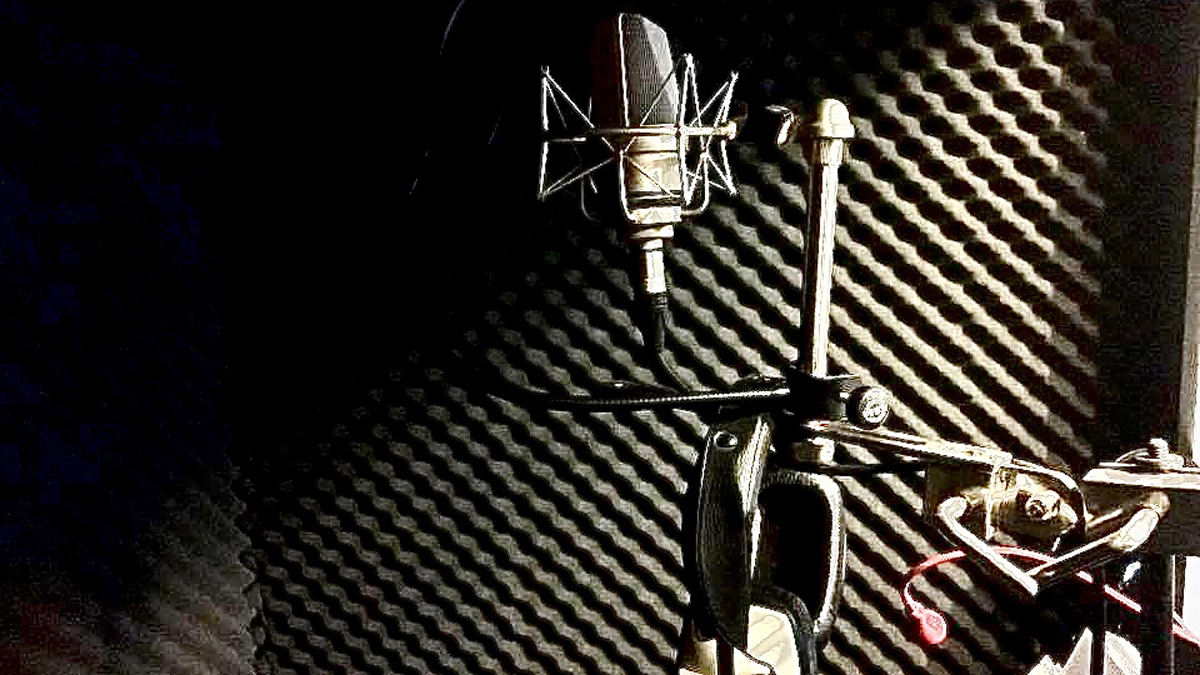
Vocal booth and Neumann mic
“The Vocal booth we have is one of our most prized pieces of gear. That might seem a little strange, but when you’re lucky enough to work with some of your favourite singers and some really nice vintage acoustic instruments, from guitars to autoharps to harmoniums, you want to make every session count. No external sound interference and no nasty reflections. This enables you to do that. They’re pretty expensive but they work.
“The Neumann TLM 103 is just a really low noise simple quality microphone, capable across a wide rage of voices and instruments. Kinda like half a U87 if you like. It fundamentally uses the same capsule. We’ve only used Neumann mics for vocals on this album. It’s just the way it is. And it ain’t broke, we ain't gonna fix it.”

I’m the Deputy Editor of MusicRadar, having worked on the site since its launch in 2007. I previously spent eight years working on our sister magazine, Computer Music. I’ve been playing the piano, gigging in bands and failing to finish tracks at home for more than 30 years, 24 of which I’ve also spent writing about music and the ever-changing technology used to make it.
“A fabulous trip through all eight songs by 24 wonderful artists and remixers... way beyond anything I could have hoped for”: Robert Smith announces new Cure remix album
“He knows what I'm thinking and feeling before I even know it": Billie Eilish suggests that she and brother Finneas can read each other's minds
“A fabulous trip through all eight songs by 24 wonderful artists and remixers... way beyond anything I could have hoped for”: Robert Smith announces new Cure remix album
“He knows what I'm thinking and feeling before I even know it": Billie Eilish suggests that she and brother Finneas can read each other's minds
